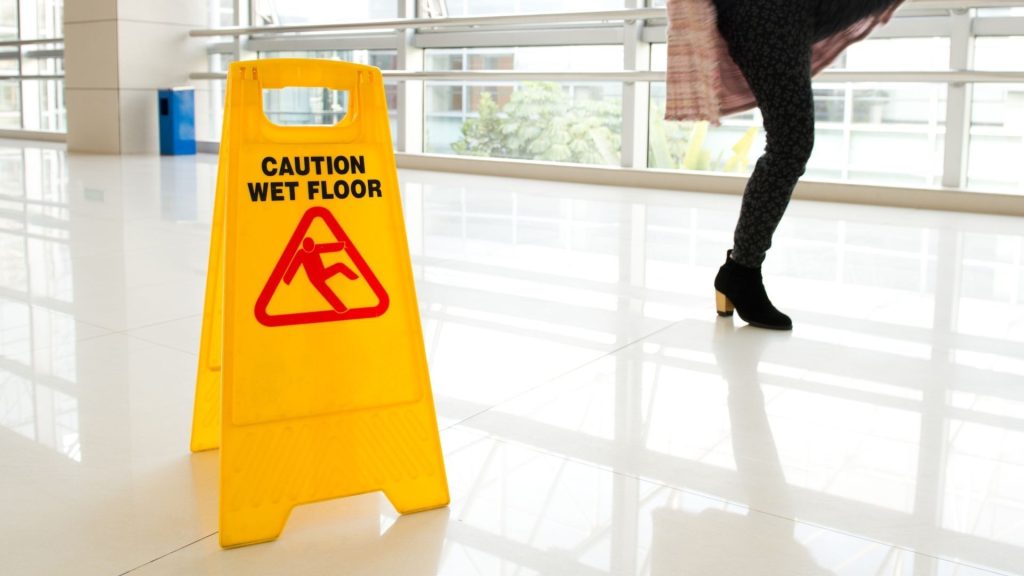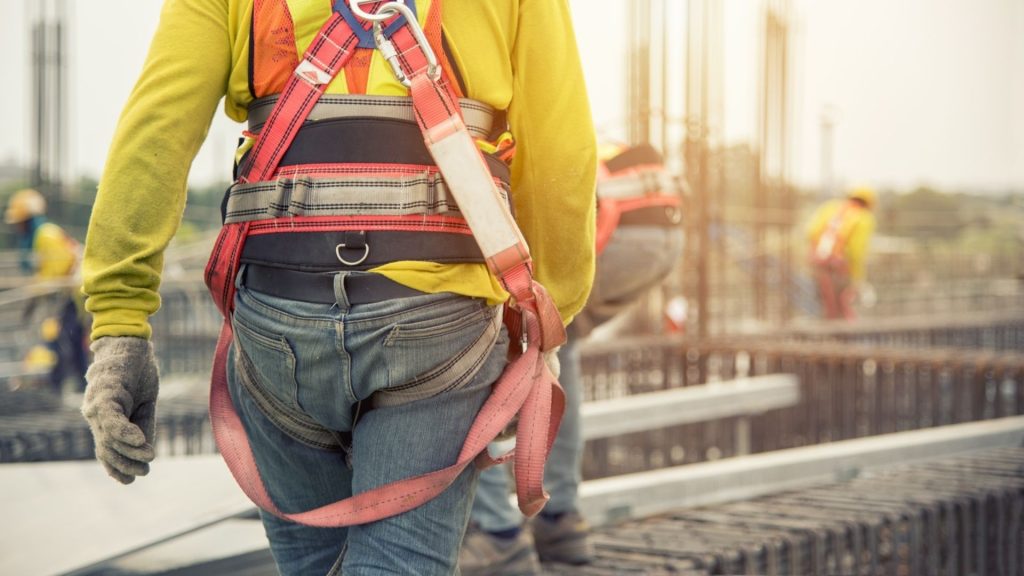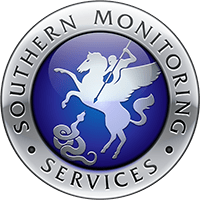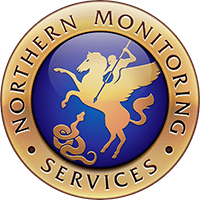Nowadays, workplace safety and security are more intertwined than ever before. With the workplace continually evolving, security installers need to understand the latest trends and know where to find the right information on health & safety standards.
In this article, we’ll discuss health & safety reporting which is a key component of workplace safety in the UK. You’ll learn the essential information you need, not just to keep your business compliant, but also to better serve your customers with the right advice and solutions for workplace safety.
Health & Safety in a nutshell
In the 2018/19 reporting year, data shows there were 69,208 company-reported non-fatal workplace injuries to employees and another 581,000 self-reported injuries, totaling 650,208 workplace injuries for the year; of which 51,413 incapacitated the worker by seven days or more, representing 74% of all injuries.
Health and Safety Officers within the workplace have a duty of care towards their employee’s health and safety which includes reporting any issues that arise during the working day. If these are ignored, employees have a right to report them to the HSE (Health & Safety Executive Governing Agency) creating issues for the business or even worse, if an employee has an accident, leaving the business liable for financial consequences.
Reports that are required by the HSE include detailed risk assessments that help prevent any accidents taking place and keeping a fully detailed report of any accidents or incidents that do occur within the business.
More importantly, improving health and safety will help improve morale and productivity in the workplace. Employees will appreciate improvements that are made to their working environment which will add to productivity and profit in the long run. Engaging with employees will also help them to help the workplace.
For more information take a look at the HSE website on how to get employees involved.

What is a Health & Safety Report?
A Health & Safety Report details the procedures and measures a business is taking to maintain the standards set by health and safety guidelines. There are various health and safety reports required by UK law, depending on the business and the industry worked in. Some dangerous industries need to provide reports on how necessary precautions are being put in place; whereas others just need to be producing statistics on workplace injury trends.
RIDDOR
Employers have to report and record any accidents that occur within the working environment under the Reporting of Injuries, Diseases and Dangerous Occurrences Regulations 2013 (RIDDOR) law. These records should include:
- Work-related accidents which cause death or reportable injuries;
- Cases of reportable work-related illness; and
- ‘Dangerous occurrences’ that could result in injury or death.
COMAH
The Control of Major Accident Hazards (COMAH) Regulations 2015 require safety reports from businesses that manufacture, store or use dangerous substances in certain larger amounts.
Health and safety laws require a major accident policy (MAPP) and a separate safety report to be prepared if they class businesses as an upper-tier operator under COMAH15. The report details the correct procedures for handling dangerous substances in such a way that limits consequences if an accident occurs and should be reviewed every five years. Businesses that are classed as lower-tier operators only need to create the MAPP.
PUWER
The Provision and Use of Work Equipment Regulations 1998 (PUWER) is in place to protect workers from injury while operating equipment. Any equipment that poses a risk to safety must be inspected and maintenance conducted where necessary. A record of maintenance is not required but advised for high-risk equipment.

How and when to report health and safety risks
The HSE outlines strict health & safety reporting procedures which include timescales for reporting any injury sustained and the information that should be included.
When to report to HSE
A report to HSE must be made for incidents including:
- Accidents resulting in death;
- Accidents resulting in a ‘specified injury’ to workers;
- Accidents requiring hospital treatment to non-workers;
- Dangerous occurrences, such as the failure of lifting equipment.
A ‘specified injury’ can include:
- Fractures, other than fingers, thumbs or toes;
- An accident likely to result in permanent loss of sight or reduction in sight;
- Any burns or scalding injury;
- Loss of consciousness caused by head injury or asphyxia;
- Any degree of scalping requiring hospital treatment; and
- Any injury arising from working in an enclosed space.
A report (made by a “responsible person”) must be made within 10 days of the incident and if a worker can’t work for a week or more, the deadline is extended to 15 days.
How to report accidents to HSE
Reporting health & safety issues in the UK is fairly straightforward if safety procedures are followed before an accident occurs. Incidents resulting in death or a ‘specified injury’ can be reported on the phone but all other accidents can be reported with forms found on the HSE website.
It is imperative to report accidents as failure to do so carries fines of up to £20,000 in the Magistrates’ Court or unlimited fines if taken to Crown Court. There is also the added risk of two years’ imprisonment if the court sees fit.
Why should Health & Safety reporting matter to installers?
As a security provider, you’re probably more used to talking to business clients about the best solutions to work as part of their health & safety plan, especially if they’ve just taken on a new property or are starting from scratch.
Fulfilling that duty of care to employees is a vital responsibility for business owners, operations managers, and safety officers. If you can help them by providing the best advice for the whole workplace safety journey, from beginning to end, you stand to odder more value to them.
Also, combining this knowledge with the known key risk areas in their business will help you provide the very best solutions (whether it’s security technology or services). For example, remote monitoring as a service could provide essential support and round-the-clock coverage to help ensure that staff are safe at all times, especially on a site that also operates 24-hours a day – like a fulfillment center.
How can Southern & Northern Monitoring help?
At Southern and Northern Monitoring we have various solutions that can help ease the stress of constantly updating the Health & Safety reports, ensuring that nothing has been missed and your employees remain confident in the knowledge that everything is being done to keep them safe in their workplace.
To discuss the Southern and Northern Monitoring products and services you can provide to your clients, please complete the form below, give us a call on 0844 871 2223 or complete the form below.
We also offer a wide range of security solutions for homes and businesses, such as guard replacement, CCTV, personal safety, fire detection, and intruder alarm monitoring.

